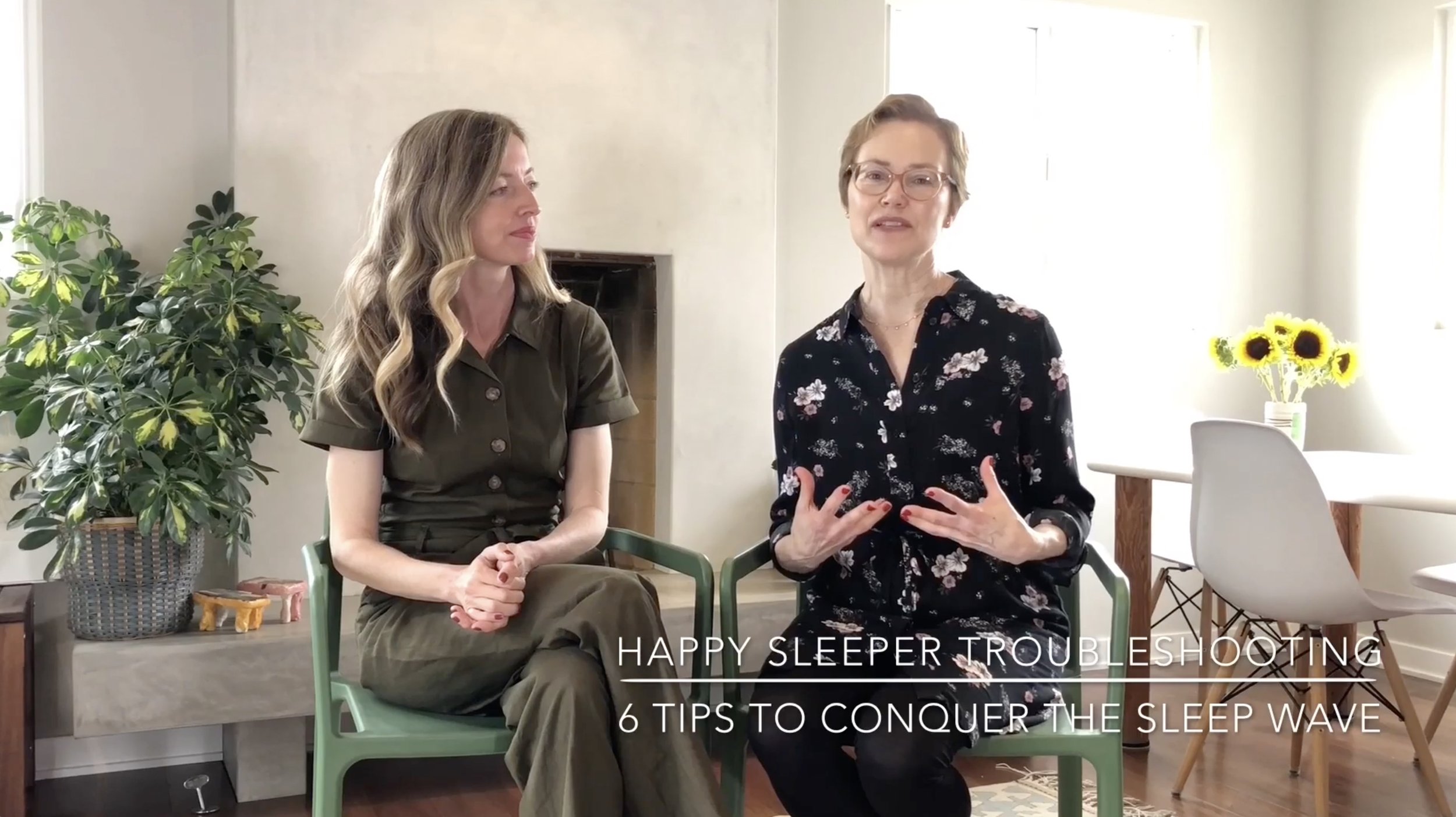Sleep Q+A: pillows, swaddles, 30-minute wake ups.
Image: @camylla93
Q: Why does my baby wake up after 30 minutes?
This is a head-scratcher for parents, to put it mildly. You’ve worked so hard to get your baby into their crib and when it finally happens, you sneak out silently and just have enough time to make yourself some dinner or check your emails before they’re awake again. It can feel truly devastating!
First of all, this is common. It’s something parents report to us all the time. It’s most likely to happen when you’ve put your baby in their crib already asleep or almost asleep – it’s like the brain cycles from a deep stage of sleep into a light one and pings awake thinking “what happened? Where am I? And where are YOU?!” This first stage of light sleep tends to be the most vulnerable to pinging awake and after that, a few hours of deep uninterrupted sleep usually follows.
If your baby is under 5 months, you can learn the Soothing Ladder and other tools to help you give your baby more space to practice self-soothing at bedtime. Although, even with these tools, the 30 minute wake up can still happen. If your baby is over 5 months, the fix will be using the Sleep Wave. Often after a week or so of implementing (sometimes just a few nights!) these dreaded 30 minute wake ups go away.
Q: Should I give my toddler a pillow?
It seems like a fun, cozy idea. But toddlers don’t need a pillow to sleep comfortably (you’ve seen your toddler tuck their knees under them, or push themselves into a corner of the crib to get comfy–they don’t need the head support like we’re used to). They also move so much that we don’t expect them to stay on a pillow or necessarily manage the pillow themselves all night. When your child transitions to a bed, you can see if they like having a pillow and some blankets.
Q: When should my child transition from crib to bed?
In a perfect world, age 3. Three year olds have pretty good impulse control, can understand the concept of keeping their bodies in the bed and can resist the temptation to follow you out the door after you say good night. If your child climbs out of the crib earlier than that (recently we did a sleep consultation with a parent of a 15-month-old who had climbed out – that was a record for us!), then you want to convert the crib to a bed, keeping a safety rail in place but allowing your toddler to safely get in and out without any gymnastics feats.
No matter what age it happens, we recommend being prepared so you don’t end up with new unhelpful habits and regressed sleep (the most common result of moving to a toddler bed is parents staying in their child’s room until they’re asleep - this is no fun!). You can read chapter 5, watch our Little Kid’s (online) Sleep Class or book a consult with us. It’s so much easier to not have to undo new sleep associations. Because your child is so much more verbal, mobile and curious now, we have new strategies for this age group. Our starting point is still the same, though - sleep is natural and your child is very capable!
Q: Does it make sense to switch to a Merlin suit when my baby starts to roll?
The resounding answer is nooo! For 2 reasons. The first is safety: Once your baby even attempts to roll, the American Academy of Pediatrics recommends taking them out of any type of swaddle. This is to prevent suffocation if a baby rolls to their tummy in a swaddle and doesn’t have their arms free to push up their head and stay safe. What a lot of parents don’t know is that the Merlin is considered a swaddle because its purpose is to restrain the baby's arms and keep them on their backs. It’s not safe for a baby to roll to tummy in a Merlin, so you have to remove it immediately when you see signs of rolling in either direction.
The second reason is a happier one! Coming out of the swaddle is a wonderful step on the way to good sleep. Once a baby starts to roll, we want to give them the freedom to move unencumbered. Finding their chosen comfy sleep position will be one of their main helpful sleep associations and is key to independent sleep. We love putting them in pjs at this time, with arms and legs for maximum freedom of movement. You can use a second layer (search; fleece footed baby pajamas) if needed for warmth.
We understand that it can feel daunting and even a little scary to unswaddle your baby. Be sure the crib is empty, the surface is flat and firm, the air is cool, baby’s not overdressed and you’re following all of the sleep safety rules. After a few bumpy nights, your baby will be on their way to improved sleep, not to mention having lots more time and space to practice their gross motor skills!



